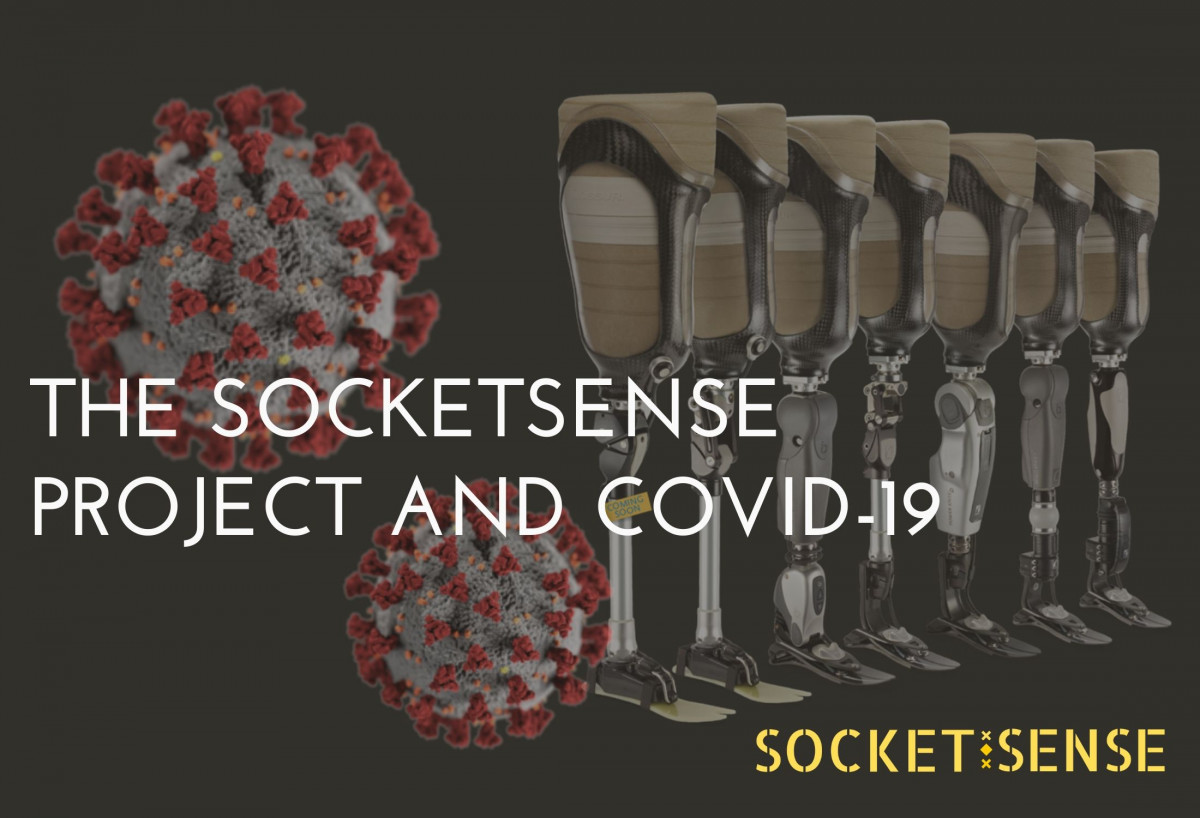In December 2019 the first case of COVID-19 was detected in the city of Wuhan (China). A few months later, the virus had spread globally, causing a pandemic unprecedented in recent years [1].
It is well known that chronic patients (including amputees, the main users of our Socketsense project) are at greater risk of suffering from a most aggressive and life-threatening form of COVID-19 [2].
During the pandemic, several countries have decreed lockdowns to protect their populations. Among these countries is Spain, which on March 15, 2020, decreed a state of alarm forcing all its citizens to be confined to their homes [3]. On the other hand, many workers, whose work could be performed from their homes, were advised to telework.
This situation has paralysed various research projects and scientific activities not considered to be of the highest priority, as has been the case with some researchers at the Virgen del Rocío University Hospital in Seville. Their activities have been greatly affected since many of them have not been able to carry out all their tasks from their homes and many of them have even had to reorganize their dedication and give priority to the care of patients affected by COVID-19. In addition, all material resources and funding have been redirected during the state of alert to respond to the COVID-19 pandemic.
The Socketsense project focuses on the development of a series of sensors that, placed in the socket of the transfemoral amputee, are able to record and provide information about the pressure exerted by the stump during gait or other more static activities. As we have previously noted, amputee patients are chronic patients who often have comorbidities and are therefore considered to be at risk during this state of alarm. That is why, from the Virgen del Rocío University Hospital in Seville, the researchers of the Socketsense project have taken advantage of this “break” to thoroughly prepare the future pilot: to submit the ethics committees, to identify the patients who will be included, to organize the logistics both personal and material, etc.
In order to protect the health of patients and to prevent the further spread of the virus, the trial to be carried out at our hospital has been postponed until July. This pilot aims to understand the differences in muscle characteristics between patients with a transfemoral amputation and those without one. The tests will be carried out on a group of patients who present a transfemoral amputation and a control group without amputation. The battery of test include an ultrasound and elastography of the thigh muscles, a 3D leg volume scanner and an evaluation of the strength of the lower limb using a hand dynamometer.
Finally, it should be pointed out that this pilot will be resumed by adopting all the necessary health measures to ensure the safety of both patients and researchers in the project.
References
[1] Ahn DG, Shin HJ, Kim MH, et al. Current Status of Epidemiology, Diagnosis, Therapeutics, and Vaccines for Novel Coronavirus Disease 2019 (COVID-19). J Microbiol Biotechnol. 2020;30(3):313-324. doi:10.4014/jmb.2003.03011
[2] Liu H, Chen S, Liu M, Nie H, Lu H. Comorbid Chronic Diseases are Strongly Correlated with Disease Severity among COVID-19 Patients: A Systematic Review and Meta-Analysis. Aging Dis. 2020;11(3):668-678. Published 2020 May 9. doi:10.14336/AD.2020.0502
[3] Legido-Quigley H, Mateos-García JT, Regulez V, et al. The resilience of the Spanish health system against the COVID-19 pandemic. Lancet Public Health. 2020; 5(5):251-252.

